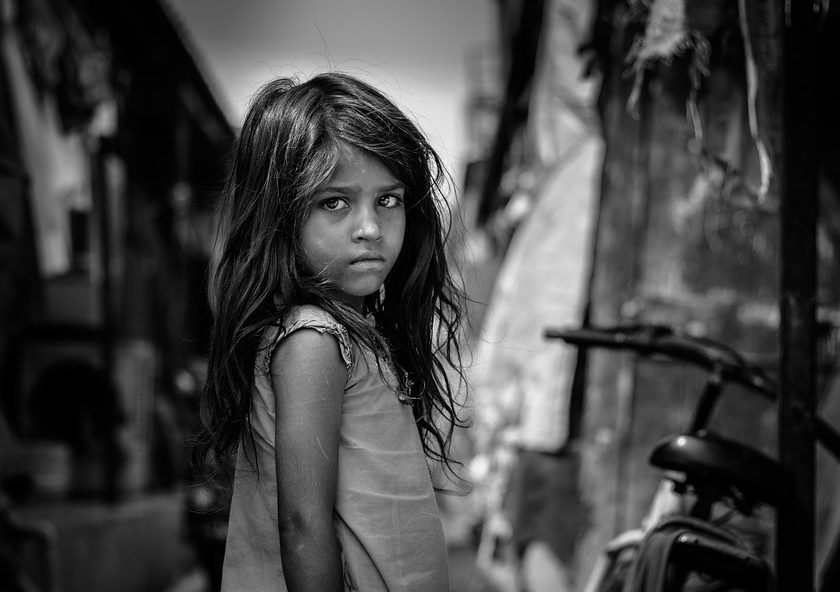One in five British Columbian children is living in poverty.
That’s according to First Call-BC Child and Youth Advocacy Coalition that released it’s annual report card on child poverty today (Tuesday, Nov. 20)
Provincial coordinator Adrienne Montani said more children in the Cariboo are living in poverty than the provincial average of 20.3%.
She said in Williams Lake the rate is 24.5%-about 590 poor children and in Quesnel, the child poverty rate is 24.2% with 1,040 poor children. In 100 Mile that has 310 poor children, the rate is even higher at 29.1%.
The Cariboo Regional District has an average of 26.1% of children living in poverty.
“Overall in BC there were 12,000 some odd fewer children living in poverty than the previous year in 2015 so it is gradually coming down,” Montani said.
“It’s just very incremental or very slow. So at First Call here we’re kind of impatient to see that goal that the Province has set for itself now in its new Poverty Reduction Strategy Act that they adopted a few weeks backs in the legislature. They set a goal to reduce child poverty in BC by 50% within five years starting next January so we’d like to see that happen quickly because that’s not the rate which it’s going down right now; it’s going down about one or two percent a year.”
Montani adds that they’re cautiously optimistic now that the province has set a legislated target.
“They introduced some measures that we’re very happy about like very significant spending in childcare,” she said.
“For single-parent families, if they can get affordable childcare then it allows them to go to work, even for two-parent families of course. So we’re optimistic that that will start making a difference as people are able to work when they couldn’t before because they couldn’t find childcare or afford it.”
Factors contributing to child poverty in the Cariboo, Montani believes is a combination of factors of low income.
“We know that most poor children live with parents who work so incomes that either is just precarious or not full time, or else have low wages, or for those smaller proportion of children who are on income assistance we know that the rates are just too low.”
First Call’s 2017 report also indicated child poverty rates in the Cariboo as higher than the provincial average.
Something going on in the Cariboo you think people should know about?
Send us a news tip by emailing [email protected].








